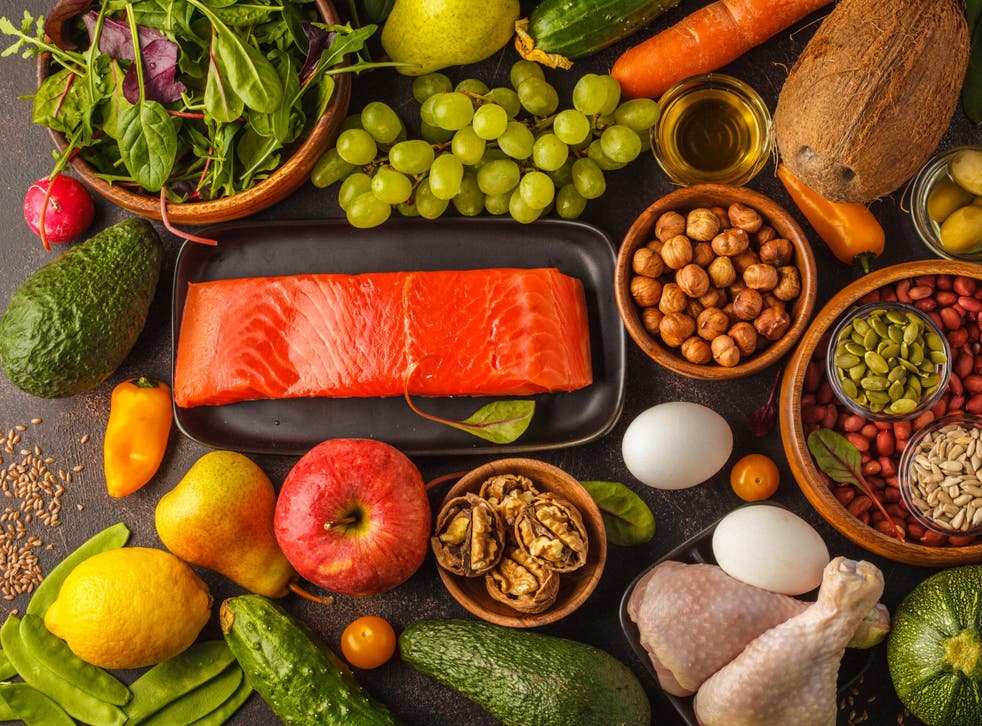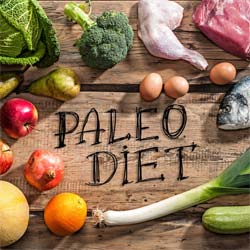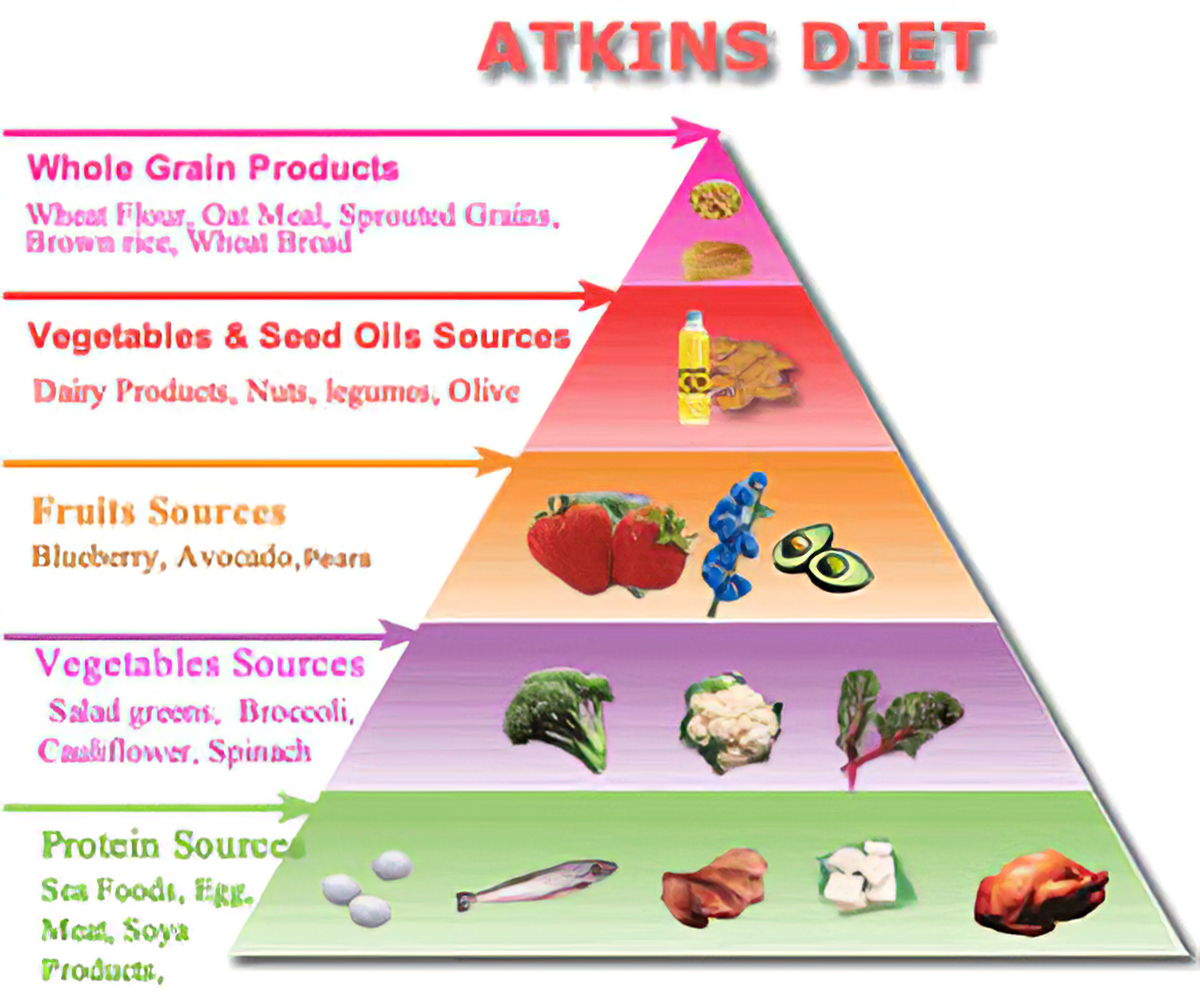
Paleo is a diet that emphasizes eating the same foods our ancestors ate. This diet includes foods such apricots, dried Pumpkin seeds, and banana with almond Butter. It is also filled with chicken, sweet potatoes, and vegetables. EatingWell supports certain foods even though the paleo diet might seem restrictive. We will discuss the best foods to eat while keeping a healthy diet.
Pola Makanan Paleolithic Manusia
Christina Warinner, Ph.D., studied pola makan manusia purba and mitos-mitos pola makanan paleolithic manusia in 2010. She revealed that manusia Paleolithic manusia consumed large quantities of daging, and ate all types of meat. This myth was popularly believed by paleolithic individuals, but it is now obsolete and irrelevant.
The diet paleo, also known to be the diet the manusiagua, allows for a more traditional way of eating that is similar to what manusias gua or man used to have. In addition to improving their kesehatan, they help preserve their heritage. This diet isn't for everyone. This diet is not suitable for everyone and is only recommended for a small number of people.
Two types of kelompokan are used to make the Ramasokat's lukisan: ceruk or lukisan. They were grown in the Sulawesi Tenggara area and Liabalano. The lukisan gua is a mix of protein, fats, and amino acid. These nutrients promote healthy living and may help us understand human evolution.

The modern diet has many benefits, but it also comes with risks. People who consume foods high in nutrients, like those in the Paleolithic Era's Paleolithic Era are more likely to get diseases. A healthy diet will reduce your risk of developing diseases. Clean Eating is a diet that promotes healthy eating. These are the obvious benefits to eating clean: A diet low in fat can help your health. You won't get sick by overeating.
Foods that are allowed on a paleolithic diet
The majority of processed food contains added sugars, vegetable oils and artificial sweeteners. This can have adverse effects on your health. In excess of salt, refined sugars and other sweeteners can lead you to becoming obese. Salty foods can also contribute to heart disease. The American Heart Association recommends that vegetable oils be replaced with canola oil by using safflower oil or corn oil. These oils contain high levels omega-6 fatty acids.
While some commercial paleo diets have very strict dairy restrictions, others are more restrictive. Paleolithic diets allow certain foods, such as lean pork loin and roasted chicken with onion, carrot stuffing and steam broccoli. Other paleo diet plans allow small amounts of maple syrup or honey. The benefits of this diet have been supported by scientific research at varying levels.
Legumes, which are high in phytic acid, should be avoided by paleo-lovers. These substances prevent the absorption and utilization of essential minerals. In some cases, however, they may be allowed. Although it can be tempting for some to eat legumes or potatoes, it is not advised to do this as often as with other processed foods. Instead, include lots of fruits and veggies in your daily meal plans.
Guidelines for eating a paleolithic lifestyle
The Guidelines for Eating a Paleolithic Diet are very different from the typical modern diet, but they are both based on the same principles. The Paleolithic diet is primarily based on animal products but it is rich in plants so there are no restrictions. However, it is important to note that you may not be genetically suited for the diet, and that the higher meat consumption may not be healthy. Paleolithic food is not for everyone.

Paleolithic diets exclude dairy products as the most common food group. You could be at risk for nutritional deficiency if you eliminate these key food groups. Tooth decay is caused by calcium deficiency. Furthermore, calcium plays a role in blood clotting and muscle contraction. Whole grains can reduce your risk of stroke, heart disease and type 2 diabetics. However, calcium deficiency can occur because grains have been largely eliminated.
Many principles are involved in Paleolithic-style eating. It emphasizes eating nutritious foods, such as fruits and vegetables, and restricts carbohydrates and processed food. To avoid overdoing it, it is important to carefully follow these guidelines. Each person's paleolithic lifestyle is unique. It is important that you understand that the Paleolithic lifestyle was common 10,000-12,000 years ago.
FAQ
What's the best way to keep leftovers safe?
Tupperware containers are a good choice for leftovers. These containers keep foods fresh and prevent odors from forming. They also keep foods warm longer. Freezer bags can be used to freeze any leftover food. Place food in another freezer bag to prevent air escape when freezing. Once the food has been frozen, transfer it into an airtight container such as a zip lock bag.
What should a beginner cook first?
Beginners should begin cooking simple dishes like soup, pasta, and rice. Learn how to cook with a recipe book, YouTube video or other resources. Cooking with friends is much more enjoyable. Have a group of friends cook, or cook together.
How much does it cost for you to learn culinary arts?
Prices for studying culinary arts vary widely. For example, a 4-year degree costs about $40,000. A two-year associate's level degree can cost less than $5,000. Tuition rates vary depending on what program you choose. The prices charged by private institutions are generally higher than the public.
Are there any ingredients I can buy to cook?
You don't need to buy every ingredient. Premade sauces can be found in most grocery stores. Pre-made meals are a great way to save money.
How can I learn to cook like the pros?
Cooking is one of the best ways to become a better person. You can increase your self-confidence by learning how to cook healthy foods for yourself and others. Learn how to cook healthy food at home. It is important to discover what type of recipes you enjoy. Next, you should read books on different cuisines, like Mexican, Chinese, and Italian. Finally, make sure you practice different recipes until you feel confident.
Statistics
- On average, chefs earn $58,740 a year, according to the BLS. - learnhowtobecome.org
- You'll be amazed that over 90% of CIA students receive scholarships and grants to finish their culinary studies. (ischoolconnect.com)
- In the United States, the category is estimated at $23.2 billion annually and is growing faster than the market. (washingtonpost.com)
External Links
How To
How to make a perfect omelet
Omelets are my favorite breakfast dish. But how do you create them perfectly? There are many recipes and methods I tried, but none worked. I have some tips and tricks to help you make delicious, fluffy omelets every single morning.
First, eggs can be very temperamental ingredients for making omelets. It is important that eggs are fresh from an organic market and kept cool until used. They must be kept cool, otherwise the whites will not form properly and the yolks may become runny. This will make your omelets appear strangely colored. If you intend to cook your eggs immediately, it's best to use room-temperature egg.
You can also separate the egg before you add it to the pan. You don't want any white to get mixed up with the yolk because this could cause the omelet to curdle.
You might burn the bottom of the egg if you place the egg directly on the stovetop. This could ruin the texture of your omelet. Instead, place the egg in the microwave for 10 second before you put it in the skillet. The microwave heat is sufficient to cook the egg without overcooking.
Next, let us talk about how to mix the eggs. Mixing eggs together is important. You need to beat them well. You can do this by turning the bowl of your mixer upside down. Next, shake the bowl vigorously. This allows the air to be whipped and the egg to be mixed thoroughly.
The fun part is now - adding the milk to the mixture. The first step is to pour half of the milk in the beaten eggs. Next, fold the eggs into the remaining milk. Do not be alarmed if there are still egg streaks visible. Once the omelet flips, these streaks will disappear.
After you have folded your eggs, heat up the oil on medium heat. Wait for it to get hot. Once the oil begins to heat, add 1/4 cup butter and swirl the pan to coat it. Next, carefully open the lid and sprinkle salt into your pan. An additional pinch of salt will prevent the omelet form sticking to your pan.
Once the omelet has formed, cover the pan again and wait for the top side to set completely. Flip the omelet with a spatula, or flip it upside down. Cook the second side for a minute or so. Serve the omelet immediately by removing it from the pan.
This recipe is best made with whole milk. However, it can also be used with skimmed milk.